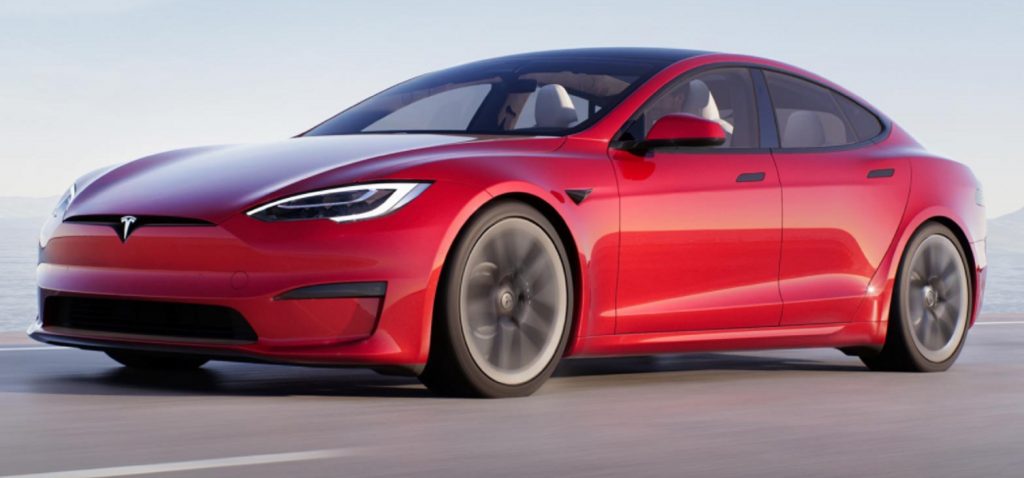Those who said a factory Tesla can’t drive on a race track are about to eat crow. Not only can a Tesla sustain a lap around the fabled Nurburgring, but it can do it faster than any other production electric vehicle. Video footage of the lap was released showing a driver in full racing attire wrestle the Plaid beast around the ‘Ring’s many corners and straightaways. Without engine noise and without other cars on track, it’s unlike any other lap of the circuit ever seen. Move over Porsche Taycan Turbo, there’s a new EV to beat.
What is the Nurburgring?
The Nurburgring Nordschleife is a 14-mile circuit that surrounds a small town called Nurburg, located in West Germany. It’s known as a platform for drivers to set lap records in production cars. Several events including Formula 1 compete on the smaller Grand Prix circuit, which is a 3-mile circuit attached to the southern end of the Nordschleife. The track is also famous for its inherent danger. Since its first race in 1925, the Nordschleife alone has claimed more than 60 lives, including spectators and race officials.
What is the Tesla Model S Plaid?

The Tesla Model S Plaid is the most powerful Tesla on the market right now. It uses dual motors to send 1,020 horsepower to all four wheels and weighs 4,766 pounds. Tesla claims it can reach 60 mph in 1.99 seconds, and top out at 200 mph. Elon Musk claims the Plaid that complete the lap was completely stock, and if that’s true then it was using 245/45R19 tires, which explains the squeals. After all, 245mm is hardly enough tire for 1,000 horsepower on a hot lap.
How did the Plaid do around the Nurburgring?
Nevertheless, the Plaid beat the previous record holder, the Porsche Taycan Turbo’s 7:42.3, by a scarcely believable seven seconds (officially). Tesla posted a tweet claiming a 7:30.9, but whether or not that time was set by a factory Plaid isn’t yet known. Looking at the Taycan’s technical specs, it suddenly makes sense. The Taycan Turbo only makes 670 horsepower maximum and gets to 60 mph in 3.2 seconds. From the video, it seems the Model S Plaid has an attitude. It screeches with almost every steering input offering a boat-like response in its suspension, but the driver clearly has command over the squirrely powerhouse.
Can electric cars go around a race track for multiple laps?
On the surface, this does seem to bode well for those trying to take their stock Teslas out to a racetrack. The Plaid managed to sustain not one, but two laps around one of the longest circuits in the world. Of course, we don’t know how long it was between laps, perhaps the car had some time to rest. Either way, a lap around the Nurburgring is no easy feat even for a gas car. It certainly proves the car’s outstanding capabilities, for a modest $133,000 price tag.
RELATED: Don’t Lease a Tesla. Buy It!
The post Tesla Model S Plaid Breaks Nurburgring Lap Record for EVs appeared first on MotorBiscuit.

